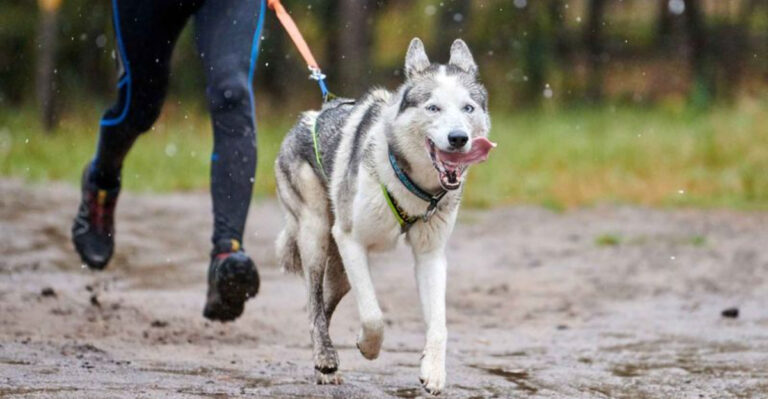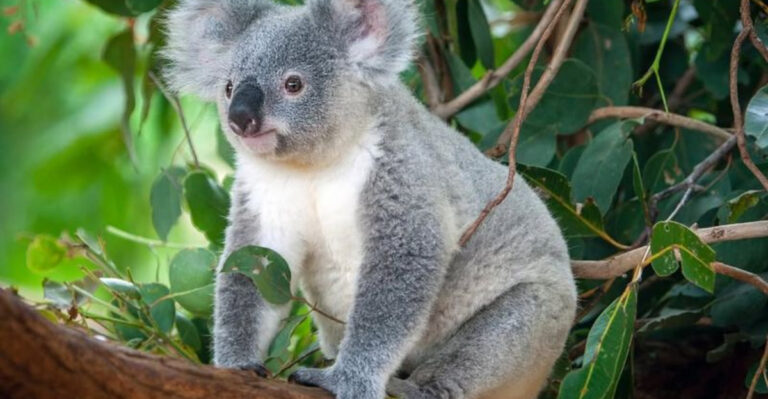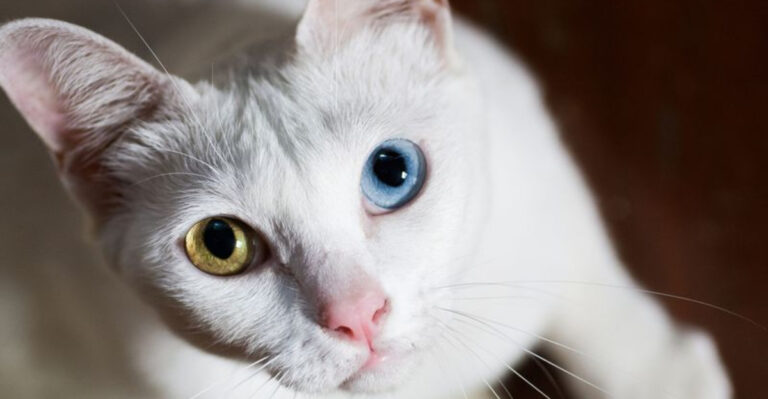31 Fascinating Animal Habitat From Deserts To Rainforests
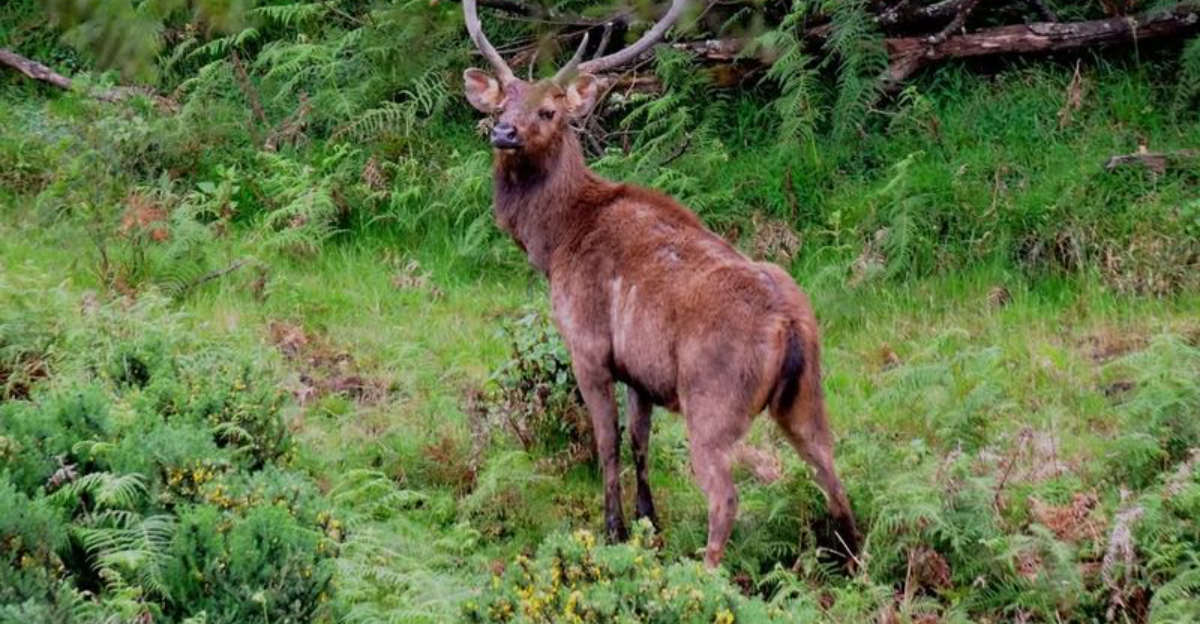
Explore the diverse and fascinating world of animal habitats, where creatures of all kinds thrive in unique environments.
From lush rainforests to arid deserts, each habitat hosts a variety of species adapted to their surroundings. Discover the wonders and adaptations of wildlife in these incredible habitats.
1. Freshwater Lakes
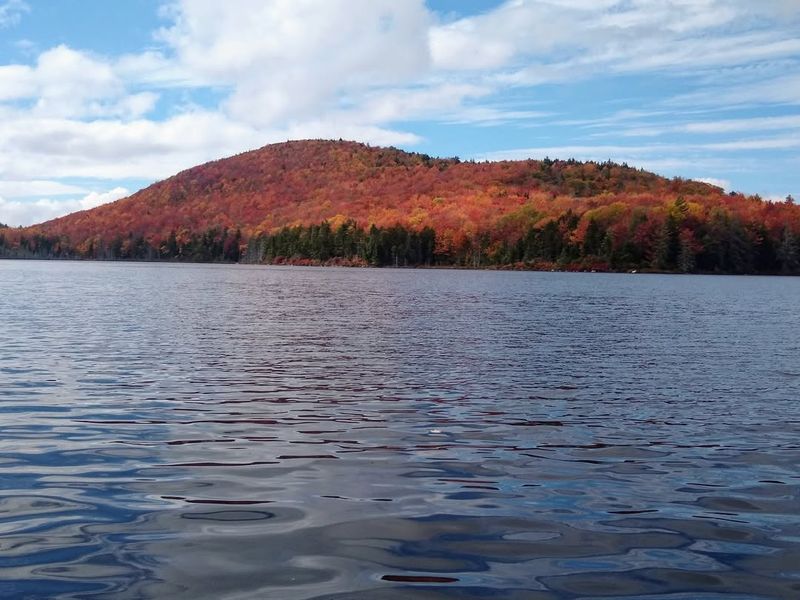
Freshwater lakes are essential ecosystems that support a wide variety of species, from fish and amphibians to birds and plants. These bodies of water provide abundant nutrients, creating a thriving environment where organisms can flourish.
The still waters of freshwater lakes offer a habitat for both aquatic species and those living along the shore, including various species of insects and mammals.
2. Cypress Swamps
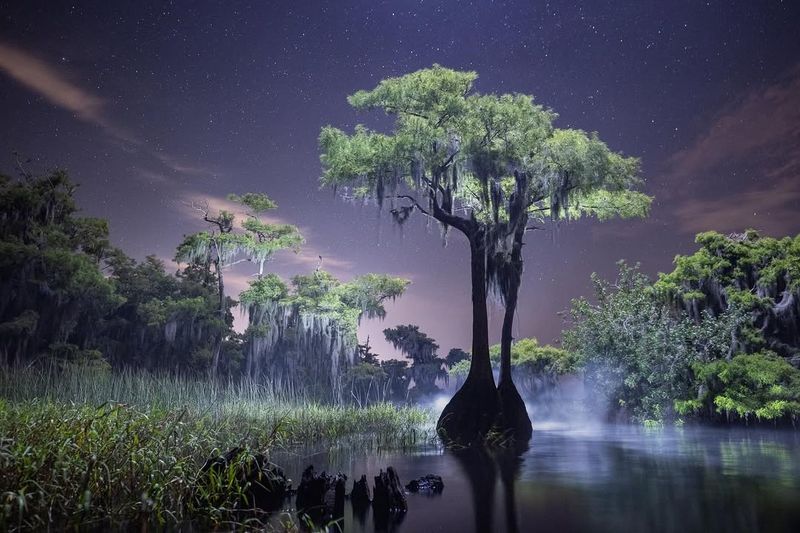
Cypress swamps are unique and fascinating wetlands found in warm, temperate regions, dominated by cypress trees that thrive in slow-moving, nutrient-rich waters.
These swamps are home to diverse wildlife, including fish, amphibians, reptiles, and birds, all of which depend on the swamp’s ecosystem for food, shelter, and breeding grounds.
The dense tree canopies provide shelter for many species, while the swamp’s waterlogged environment plays a vital role in carbon sequestration and water filtration.
3. Amazon Rainforest
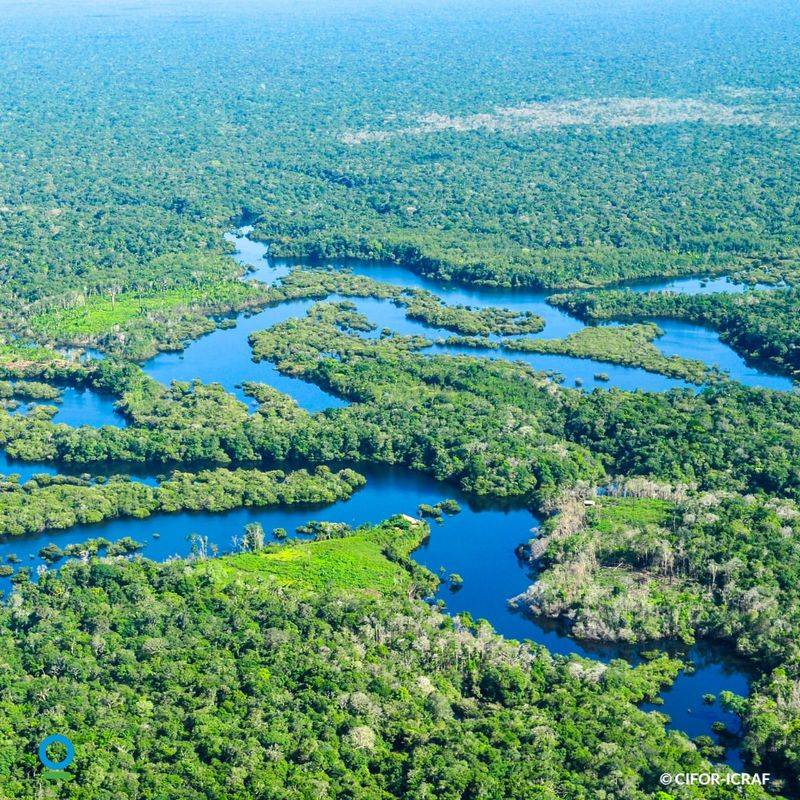
The Amazon Rainforest, covering much of northwestern Brazil and extending into Colombia, Peru, and other South American countries, is known as the world’s lungs due to its vast contributions to Earth’s oxygen.
This lush, green paradise houses an astonishing diversity of wildlife, including jaguars, sloths, and hundreds of bird species like the vibrant toucan.
4. Sahara Desert
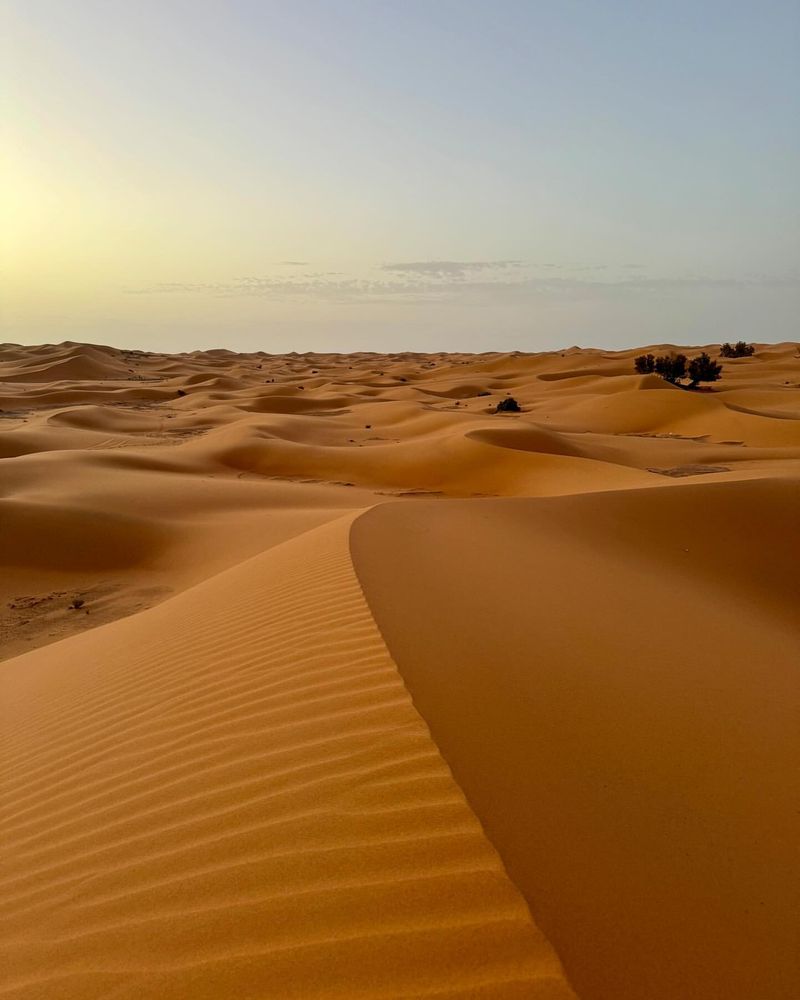
The Sahara Desert, stretching across North Africa, is the world’s largest hot desert, characterized by its sweeping sand dunes and harsh climate.
Despite its arid conditions, the Sahara hosts a resilient array of life, including the iconic camel, which has adapted to survive with minimal water.
5. Great Barrier Reef
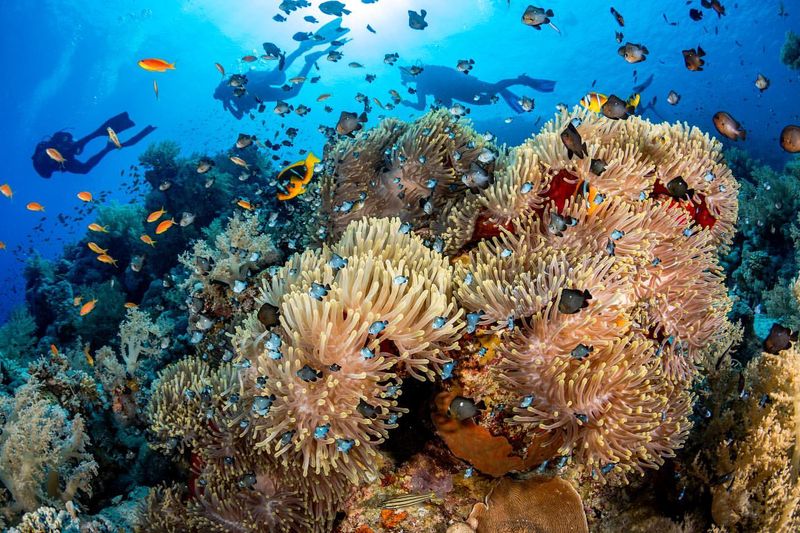
The Great Barrier Reef, located off the coast of Queensland, Australia, is the world’s largest coral reef system, offering a mesmerizing underwater spectacle.
Spanning over 2,300 kilometers, it is home to an extraordinary variety of marine life, including over 1,500 species of fish and iconic sea creatures like turtles and dolphins.
Coral reefs are living structures, composed of tiny coral polyps that build upon the skeletons of their ancestors. This vibrant ecosystem supports a delicate balance of marine life, with myriad species of fish relying on the reef for food and shelter.
6. Arctic Tundra
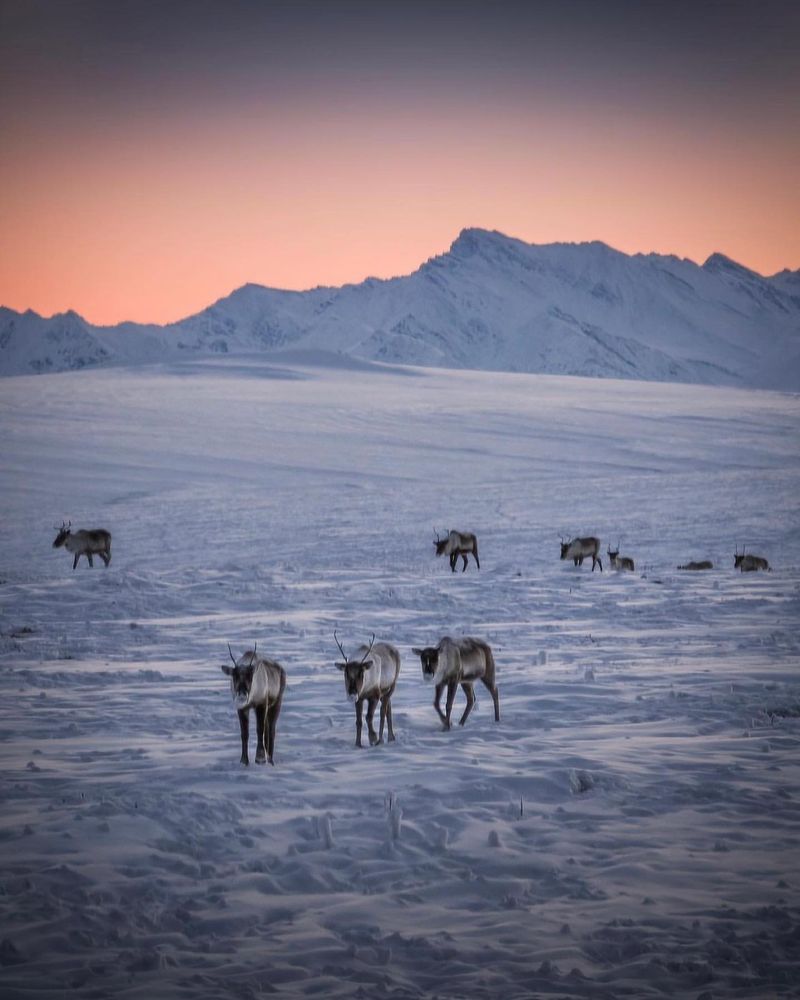
The Arctic Tundra, a vast and frigid expanse bordering the Arctic Ocean, is characterized by its cold, harsh climate and unique ecosystem. Despite the extreme conditions, this habitat supports a variety of life forms adapted to thrive in the cold.
The tundra is also home to iconic carnivores, including the majestic polar bear and Arctic fox, both of which rely on camouflaging abilities and hunting skills to survive. The Arctic Tundra plays a crucial role in regulating global climate systems, acting as a carbon sink that stores vast amounts of greenhouse gases.
7. Savanna
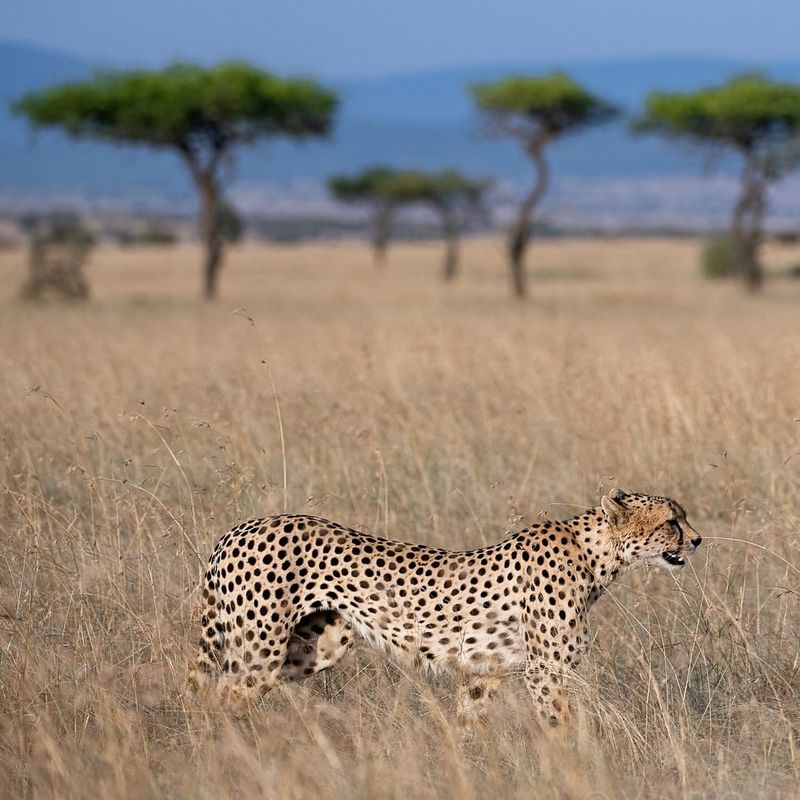
The African Savanna, a vast landscape of rolling grasslands and scattered acacia trees, is home to a rich diversity of wildlife. Known for its distinct wet and dry seasons, the savanna supports an array of herbivores, including elephants, giraffes, and antelopes, which graze on the abundant vegetation.
Predators such as lions and cheetahs thrive in this habitat, utilizing the open landscape to stalk and hunt their prey. The savanna’s grasslands provide essential cover, allowing both predators and prey to engage in a delicate dance of survival.
8. Coral Reefs
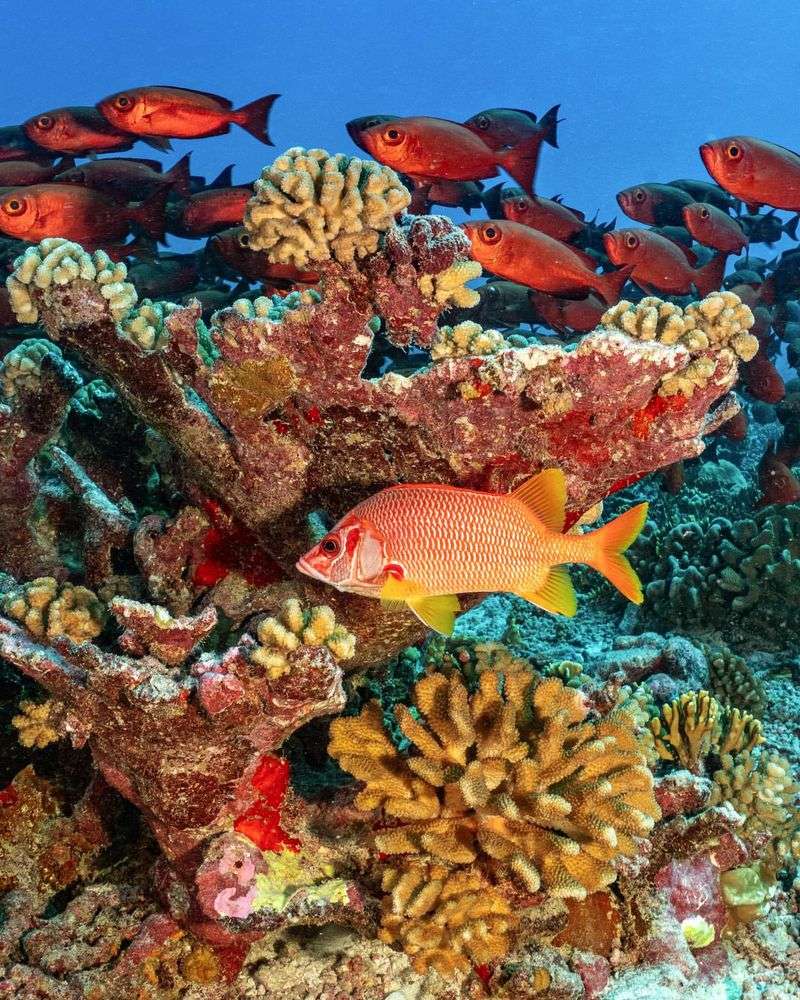
Coral reefs, often referred to as the “rainforests of the sea,” are diverse underwater ecosystems formed by colonies of coral polyps. These vibrant habitats are home to a staggering array of marine life, including fish, mollusks, and crustaceans.
The intricate structures of coral reefs provide shelter and breeding grounds for countless species, making them critical to marine biodiversity.
9. Deciduous Forest
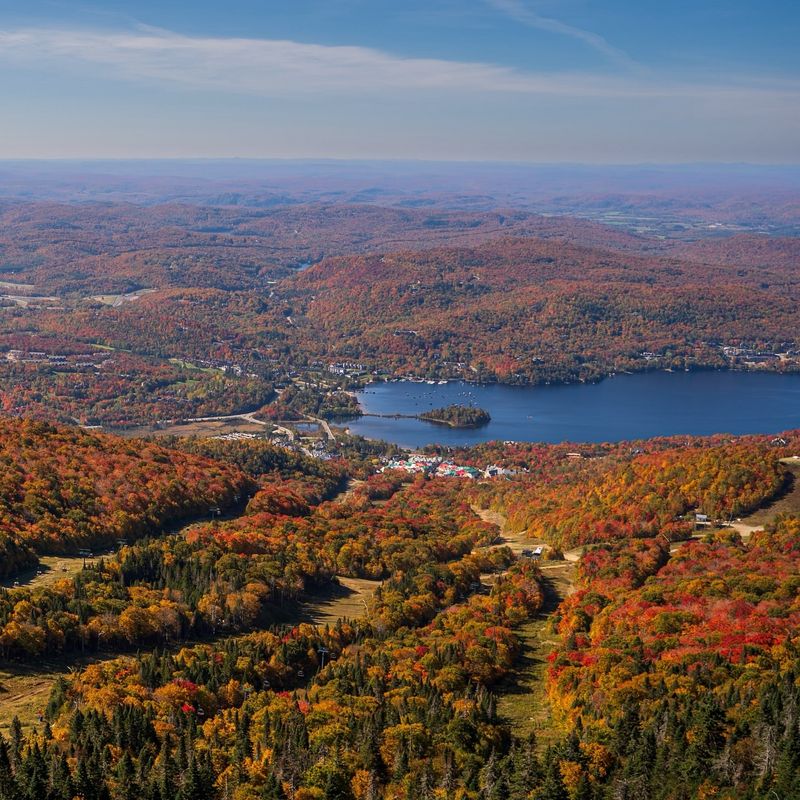
Deciduous forests, found in temperate regions across the globe, are characterized by trees that shed their leaves annually. These forests experience four distinct seasons, each bringing changes in climate and scenery.
Common tree species such as oak, maple, and birch create a lush canopy, providing habitat for various wildlife, including deer, foxes, and numerous bird species. The forest floor, blanketed with fallen leaves, supports a thriving community of insects and microorganisms.
10. Tropical Rainforest
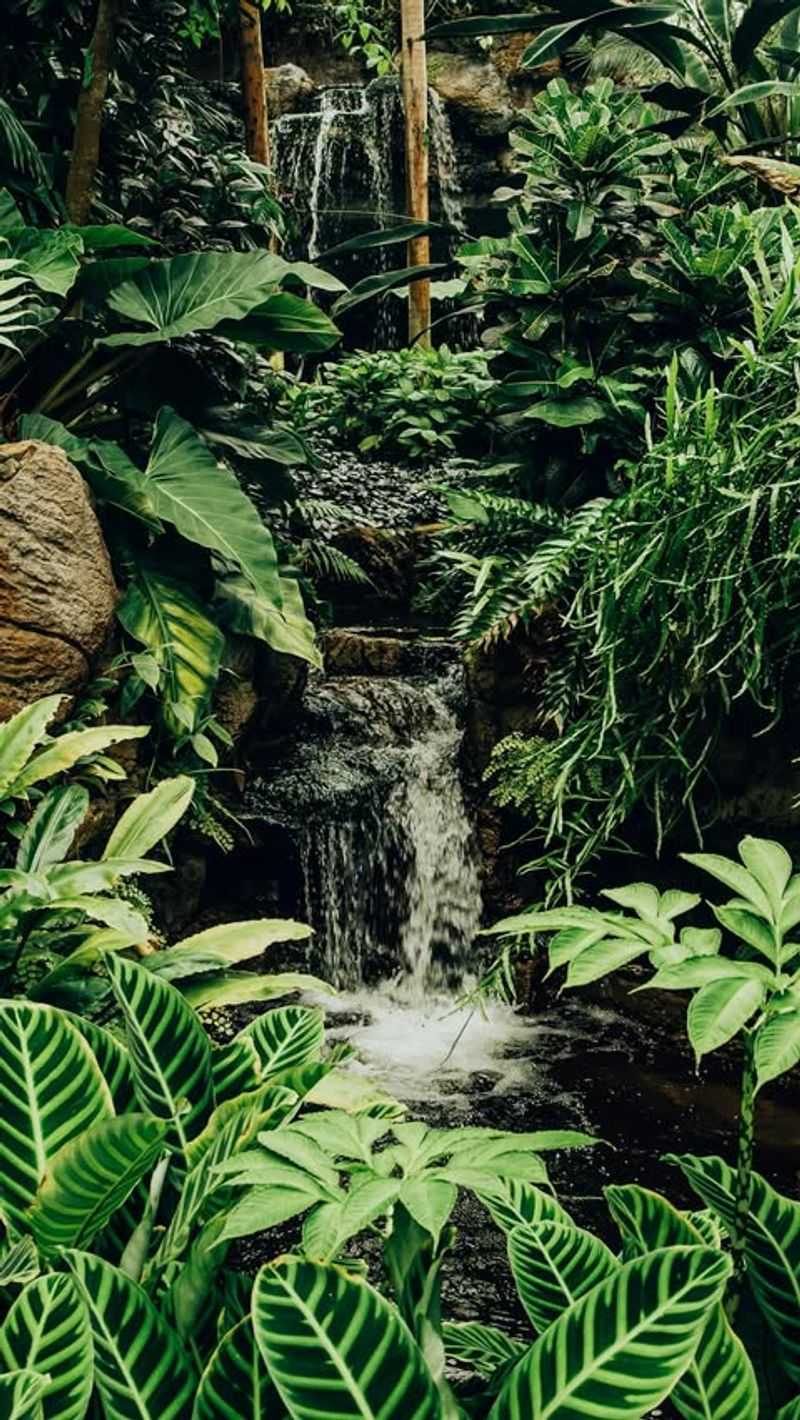
Tropical rainforests, located near the equator, are renowned for their lush vegetation and incredible biodiversity. These ecosystems receive abundant rainfall, creating a humid environment that supports a wide variety of plant and animal species.
The dense canopy layer, composed of tall trees, provides habitat for numerous creatures, from monkeys to exotic birds. The forest floor, though often dimly lit, teems with life, including insects, reptiles, and small mammals.
11. Mangrove Swamps
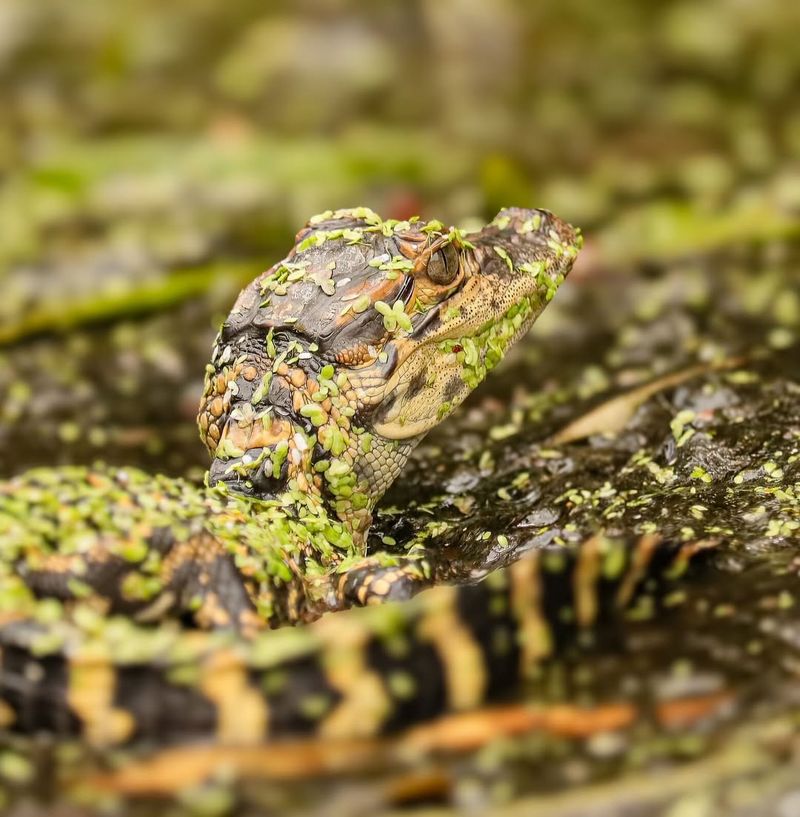
Mangrove swamps, found in tropical and subtropical coastal regions, are unique ecosystems characterized by salt-tolerant trees with complex root systems.
These habitats serve as crucial nurseries for many marine species, providing shelter and feeding grounds. Mangroves support a diverse array of wildlife, including fish, crabs, and birds.
12. Alpine Tundra
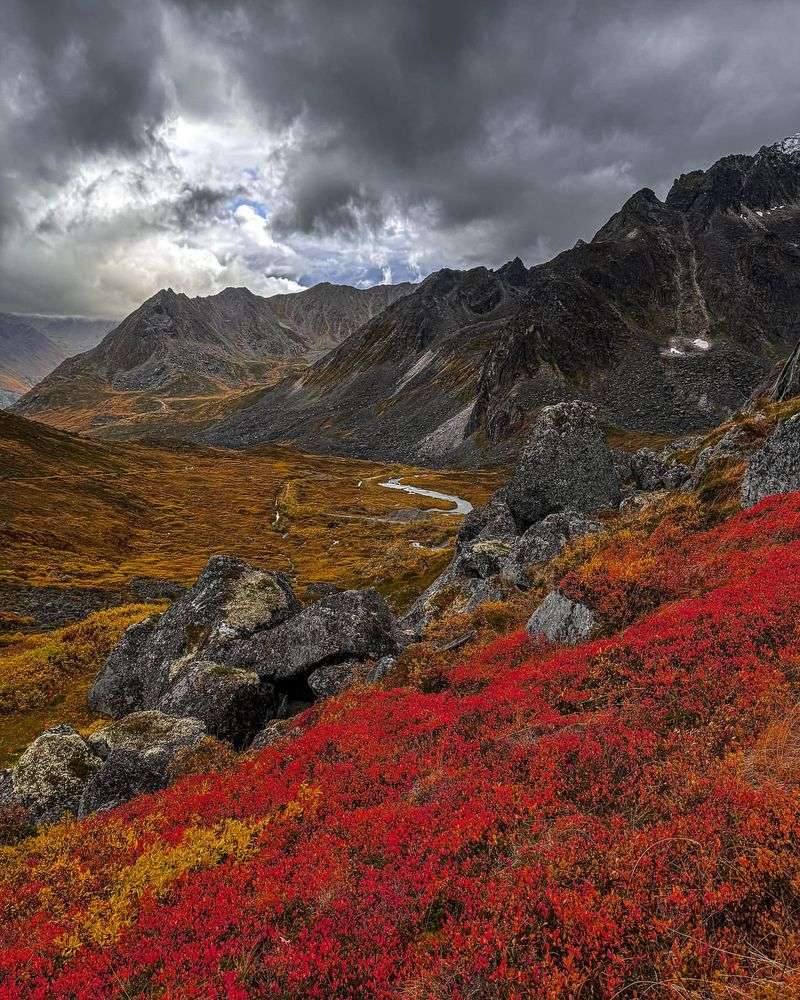
Alpine tundras, found at high elevations above the tree line in mountainous regions, are characterized by their cold, harsh climates and unique plant life. These ecosystems experience strong winds and low temperatures, creating challenging conditions for survival.
Vegetation is limited to hardy, low-growing plants like grasses, mosses, and wildflowers that can withstand the short growing season and nutrient-poor soils. These plants provide vital sustenance for herbivores such as mountain goats and marmots.
13. Wetlands
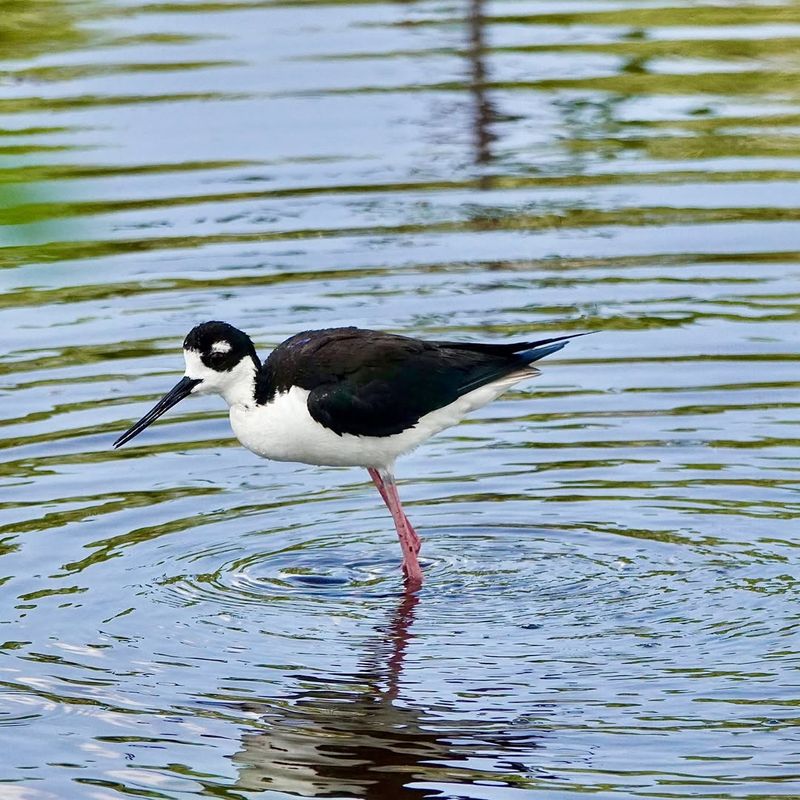
Wetlands, located in various regions across the globe, are areas where water covers the soil or is present near the surface. These ecosystems are rich in biodiversity and support a wide range of plant and animal species.
Wetlands serve as vital habitats for numerous bird species, including migratory waterfowl and wading birds. The lush vegetation, such as cattails and reeds, provides essential cover and nesting sites.
14. Temperate Grasslands
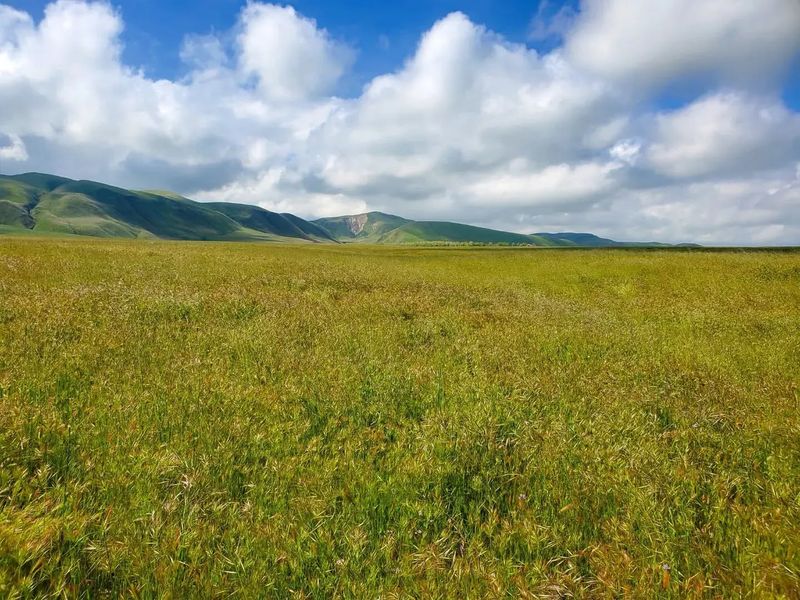
Temperate grasslands, found in regions such as the North American prairies and the Eurasian steppes, are characterized by vast open spaces and rich, fertile soils. These ecosystems support a diverse array of flora and fauna, adapted to the seasonal changes in climate.
The dominant vegetation consists of grasses and wildflowers, which provide sustenance for large herbivores like bison and antelopes. Predators, including wolves and birds of prey, thrive in these habitats, contributing to a balanced ecosystem.
15. Taiga
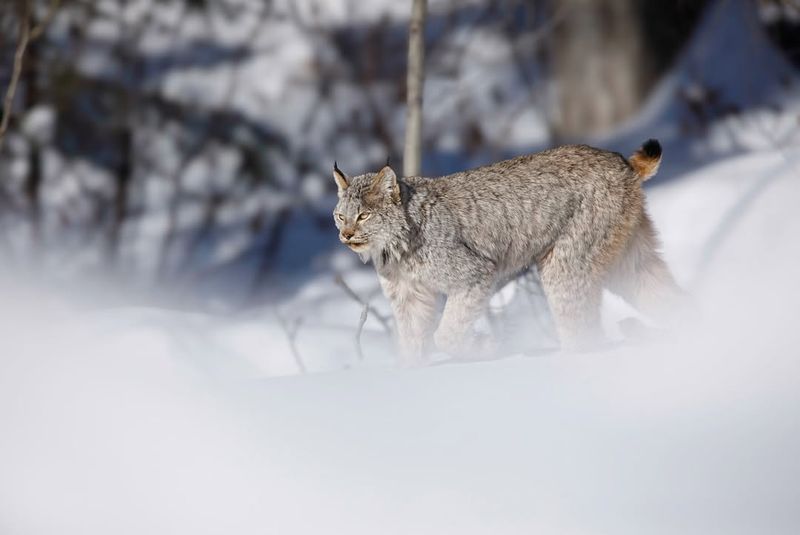
The taiga, also known as the boreal forest, stretches across the northern regions of North America, Europe, and Asia. This vast biome is characterized by its cold climate, coniferous forests, and long winters.
Dominated by trees such as pines, spruces, and firs, the taiga provides habitat for a variety of wildlife, including moose, wolves, and lynx. The forest floor is often covered in a thick layer of moss and lichens, supporting a diverse range of smaller plant and animal species.
16. Temperate Rainforest
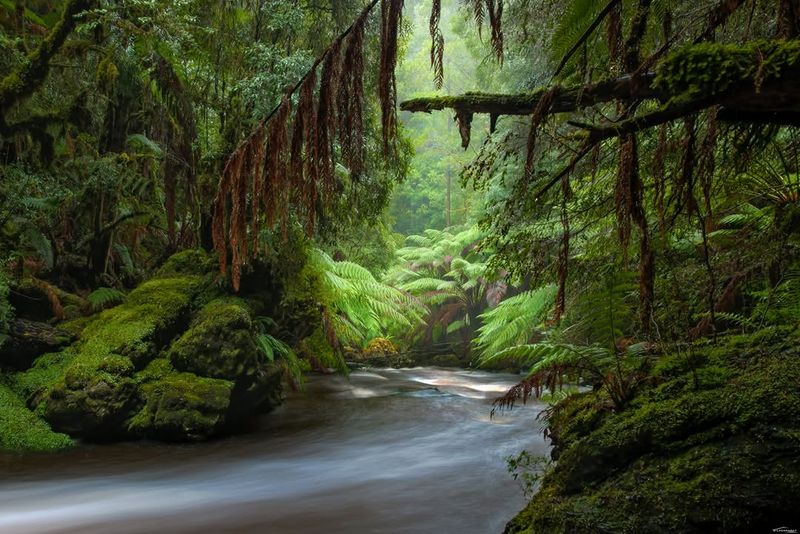
Temperate rainforests, found along coastal regions in areas like the Pacific Northwest and parts of South America, are characterized by high rainfall and moderate temperatures. These lush ecosystems support a rich diversity of plant and animal life.
Towering coniferous trees, such as redwoods and Douglas firs, dominate the landscape, providing habitat for numerous species, including black bears, elk, and various bird species. The forest floor, carpeted with ferns and mosses, supports a thriving community of insects and small mammals.
17. Kelp Forest
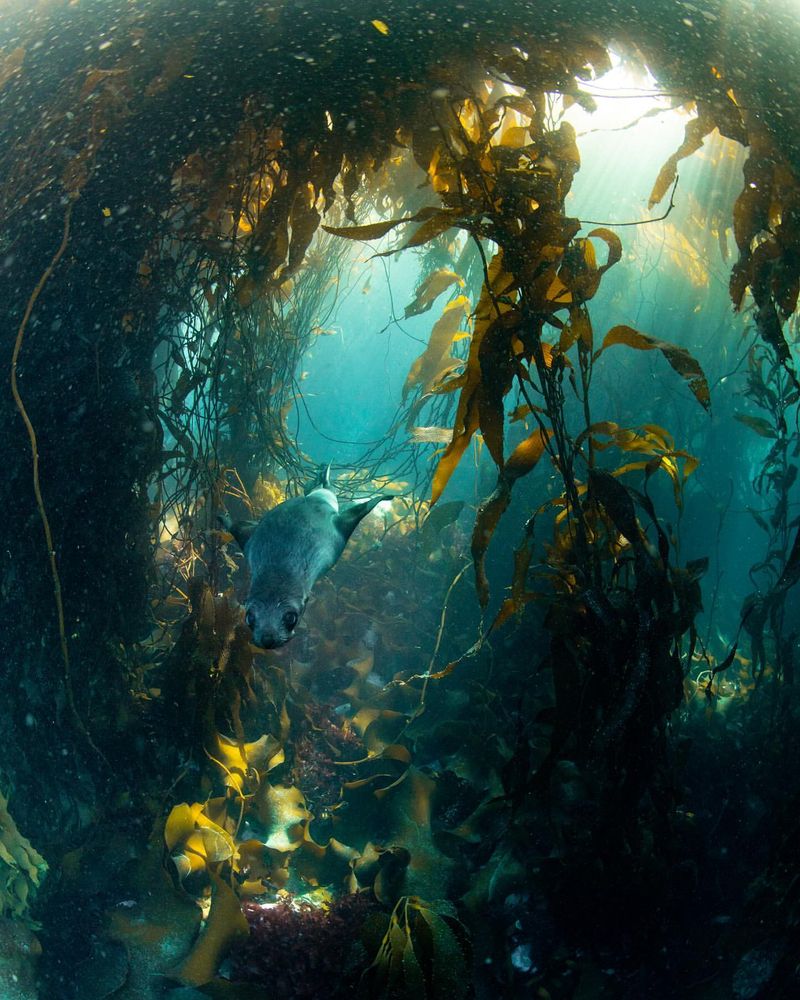
Kelp forests, found in temperate coastal waters around the world, are underwater ecosystems dominated by large, fast-growing seaweeds known as kelp. These habitats support a diverse array of marine life, providing food and shelter for numerous species.
The dense fronds of kelp create a unique vertical structure, offering habitat for fish, invertebrates, and marine mammals such as sea otters.
18. Chaparral
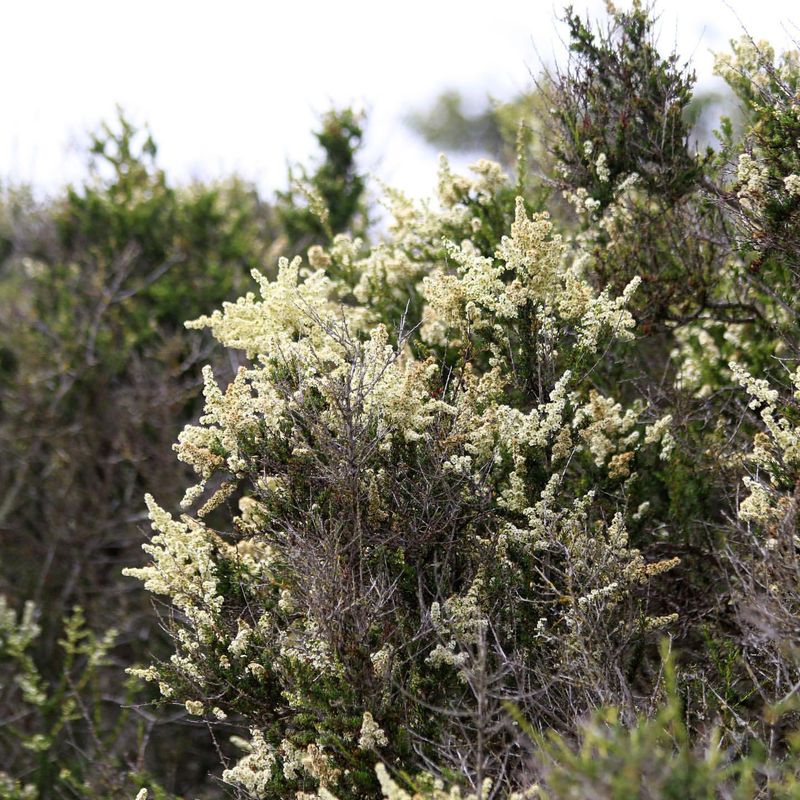
Chaparral ecosystems, found in regions like California and the Mediterranean, are characterized by hot, dry summers and mild, wet winters. These habitats support a variety of hardy plant species adapted to withstand fire and drought.
Dominated by shrubs and small trees, such as manzanita and scrub oak, the chaparral provides habitat for a range of wildlife, including coyotes, bobcats, and various bird species.
19. Temperate Broadleaf Forest
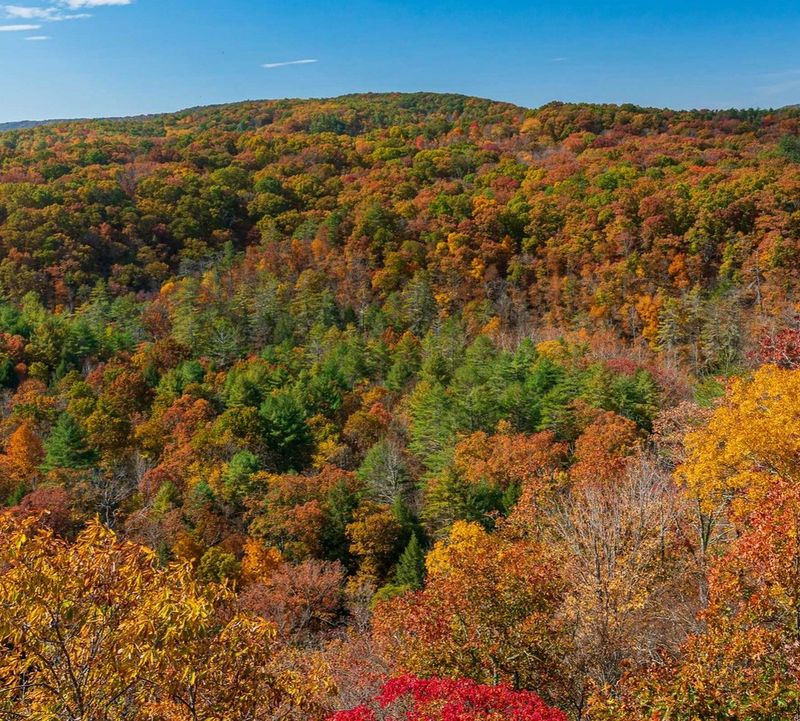
Temperate broadleaf forests, found in regions with warm summers and cool winters, are characterized by a diverse array of tree species and rich biodiversity. These forests experience four distinct seasons, each bringing changes in foliage and wildlife activity.
Common tree species include oaks, maples, and beeches, creating a dense canopy that supports a variety of wildlife, including deer, foxes, and numerous bird species.
20. Northern Coniferous Forest
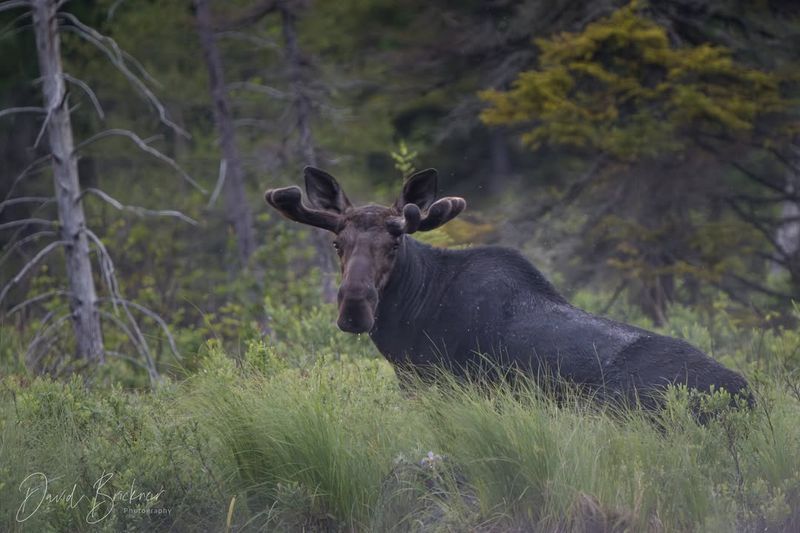
Northern coniferous forests, also known as boreal forests or taigas, stretch across the northern regions of North America, Europe, and Asia. These forests are characterized by their cold climates and coniferous trees, such as pines, spruces, and firs.
The dense tree canopy provides habitat for a variety of wildlife, including wolves, lynx, and moose. The forest floor is often covered in a thick layer of moss and lichens, supporting a diverse range of smaller plant and animal species.
21. Boreal Forest
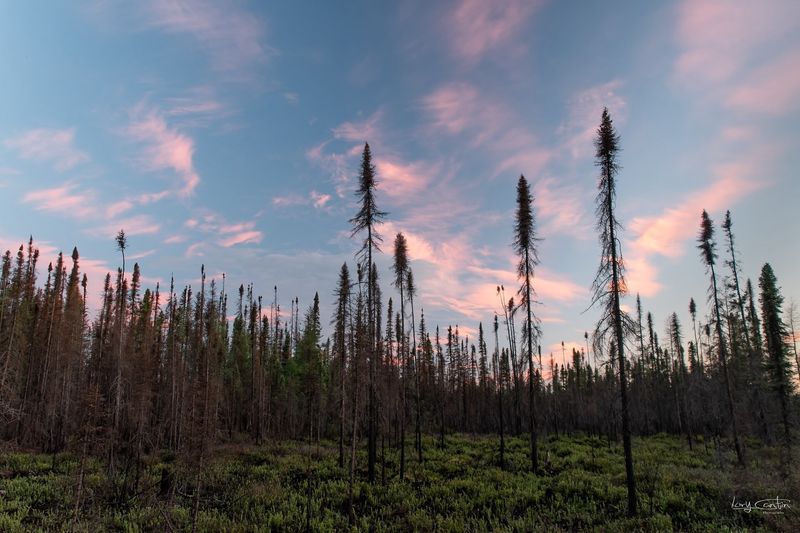
Boreal forests, also known as taigas, are the world’s largest terrestrial biome, stretching across the northern regions of North America, Europe, and Asia. These forests are characterized by their cold climate, coniferous trees, and long winters.
The dense tree canopy, consisting of species such as pines, spruces, and firs, provides habitat for a variety of wildlife, including moose, wolves, and lynx. The forest floor is often covered in a thick layer of moss and lichens, supporting a diverse range of smaller plant and animal species.
22. Mediterranean Forest
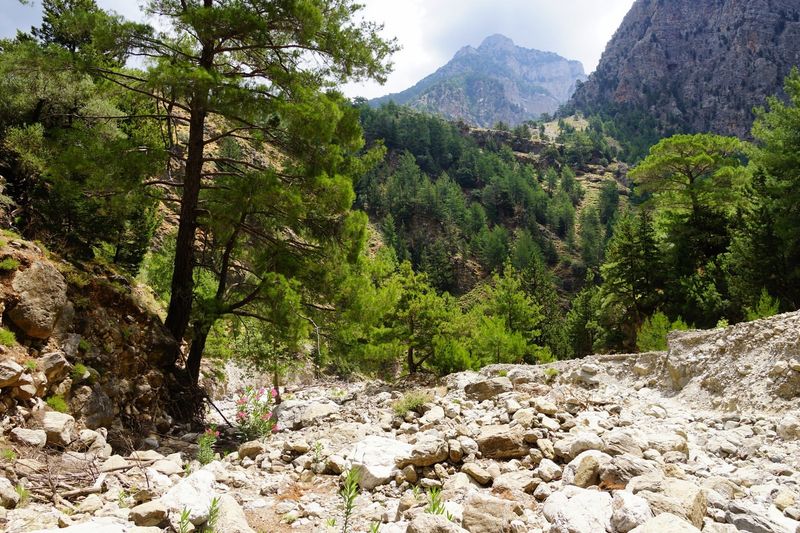
Mediterranean forests, found in regions with a Mediterranean climate such as the coastal areas of California, Chile, and parts of Australia, are characterized by hot, dry summers and mild, wet winters. These ecosystems support a rich diversity of plant and animal life.
The vegetation includes a mix of evergreen trees, shrubs, and herbs, such as olive trees, cork oaks, and lavender. These plants are adapted to withstand drought and fire, playing a crucial role in maintaining ecosystem stability.
23. Evergreen Forest
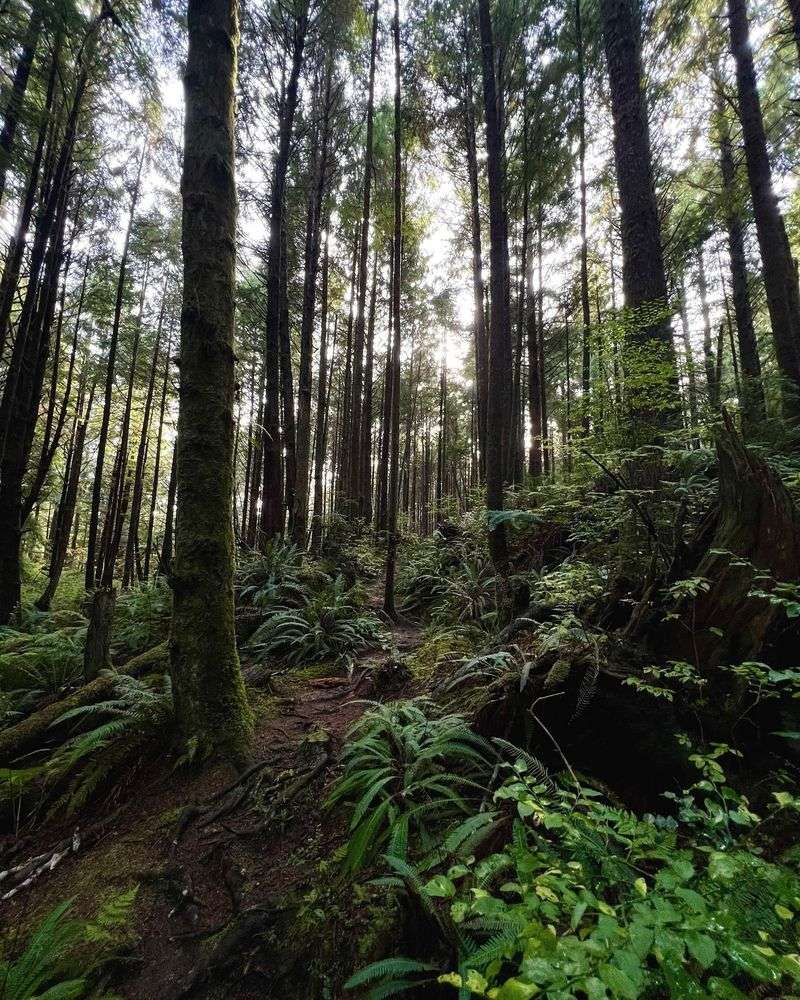
Evergreen forests, found in regions with consistent rainfall and moderate temperatures, are dominated by trees that retain their leaves throughout the year. These forests are characterized by a rich diversity of plant and animal life.
Common tree species include pines, spruces, and cedars, creating a dense canopy that supports a variety of wildlife, including deer, bears, and numerous bird species. The forest floor is teeming with life, from ferns and mosses to insects and small mammals.
24. Tropical Dry Forest
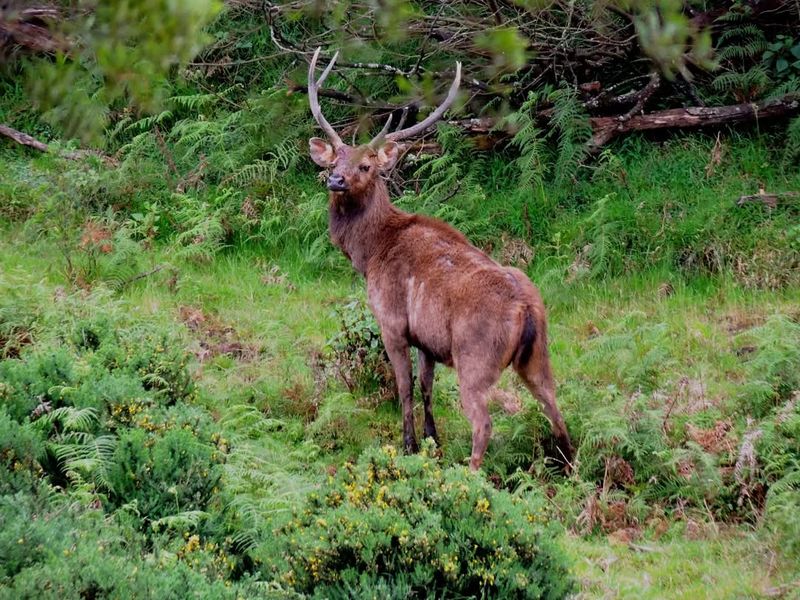
Tropical dry forests, found in regions with distinct wet and dry seasons, are characterized by a mix of deciduous and evergreen trees adapted to withstand drought. These forests support a variety of wildlife, including monkeys, deer, and numerous bird species.
The vegetation is adapted to conserve water, with trees shedding their leaves during the dry season to reduce water loss.
25. Montane Forest
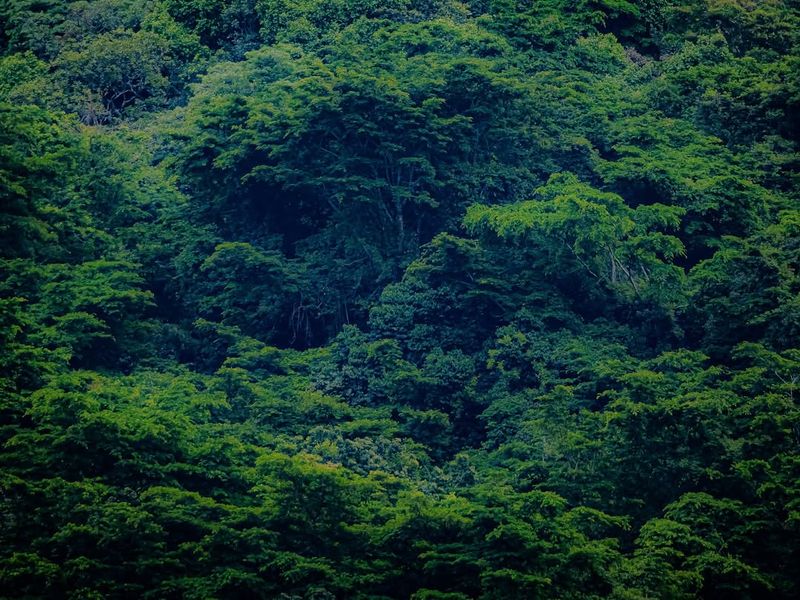
Montane forests, found in mountainous regions around the world, are characterized by their elevation and diverse plant and animal life. These ecosystems experience cooler temperatures and higher rainfall compared to lowland forests.
The vegetation includes a mix of coniferous and broadleaf trees, creating a lush canopy that supports a variety of wildlife, including bears, deer, and numerous bird species.
26. Swamp
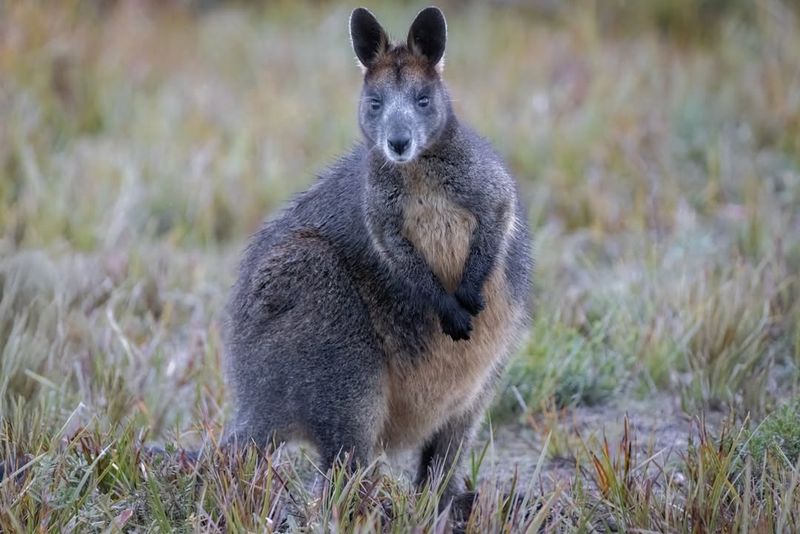
Swamps, found in low-lying regions with poor drainage, are characterized by their saturated soils and diverse plant and animal life. These ecosystems play a crucial role in water purification and flood control.
The vegetation includes a mix of trees, shrubs, and aquatic plants, such as cypress trees and water lilies. These plants provide habitat for a variety of wildlife, including alligators, turtles, and numerous bird species.
27. Cave
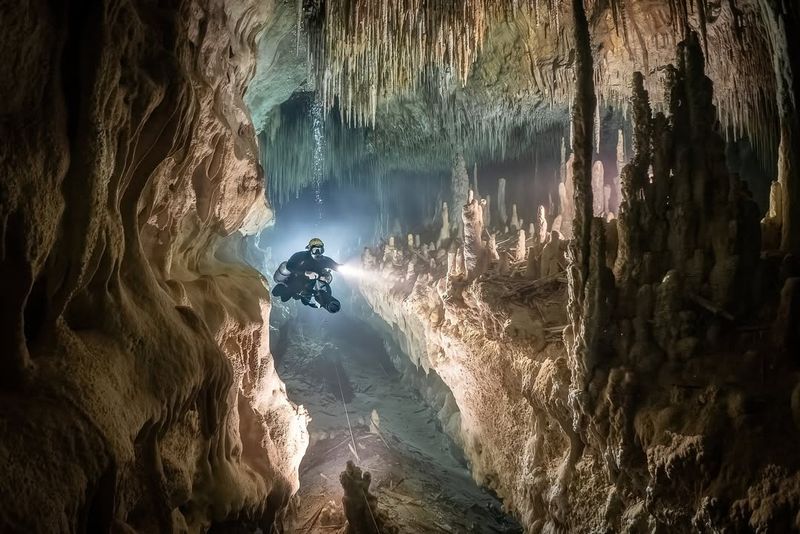
Caves, found in various geological formations around the world, are characterized by their unique environments and specialized forms of life. These ecosystems offer a glimpse into the Earth’s history and host a range of adapted species.
The dark, often humid conditions of caves support life forms such as bats, insects, and unique microorganisms.
28. Coastal Dunes
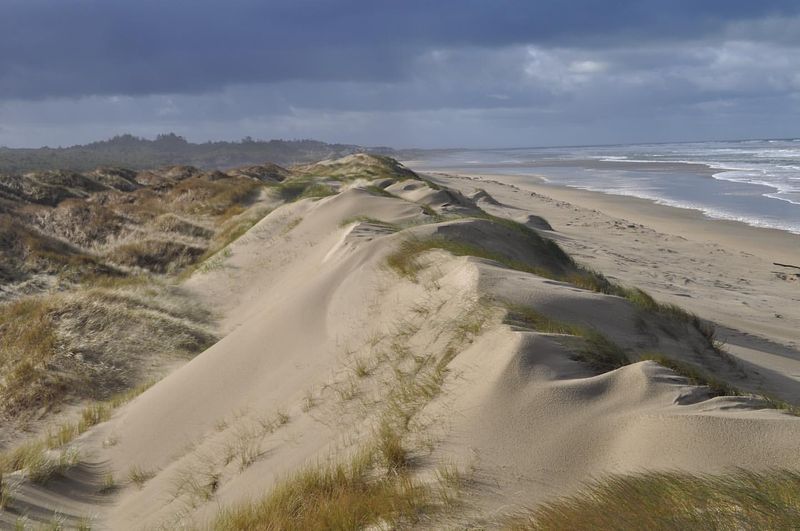
Coastal dunes, found along shorelines around the world, are characterized by their sandy hills and unique vegetation. These ecosystems play a crucial role in coastal protection and biodiversity.
The vegetation includes hardy grasses and shrubs that stabilize the dunes and provide habitat for a variety of wildlife, including birds, insects, and small mammals. These plants are adapted to withstand the harsh conditions of wind and salt spray.
29. Estuary
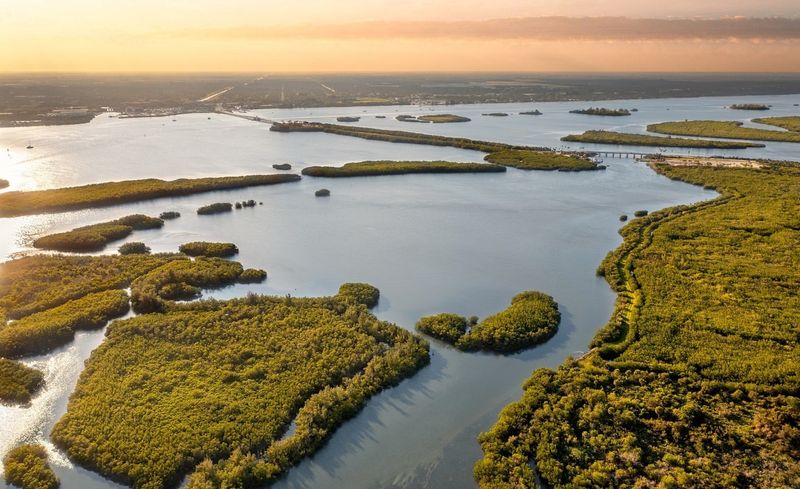
Estuaries, where freshwater from rivers meets the saltwater of the sea, are dynamic ecosystems rich in biodiversity. These habitats support a wide range of plant and animal species adapted to the changing salinity levels.
The mix of salt and freshwater creates a unique environment where fish, crustaceans, and birds thrive. Lush vegetation along the banks provides essential cover and nesting sites for various species.
30. Savanna Woodland

Savanna woodlands, found in regions like Africa and Australia, are characterized by a mix of open grasslands and scattered trees. These ecosystems support a rich diversity of wildlife adapted to the distinct wet and dry seasons.
The vegetation includes grasses, shrubs, and trees such as acacias and baobabs, providing habitat for a variety of herbivores, including elephants, giraffes, and antelopes. Predators like lions and hyenas thrive in this habitat, maintaining the ecological balance.
31. Rocky Shore
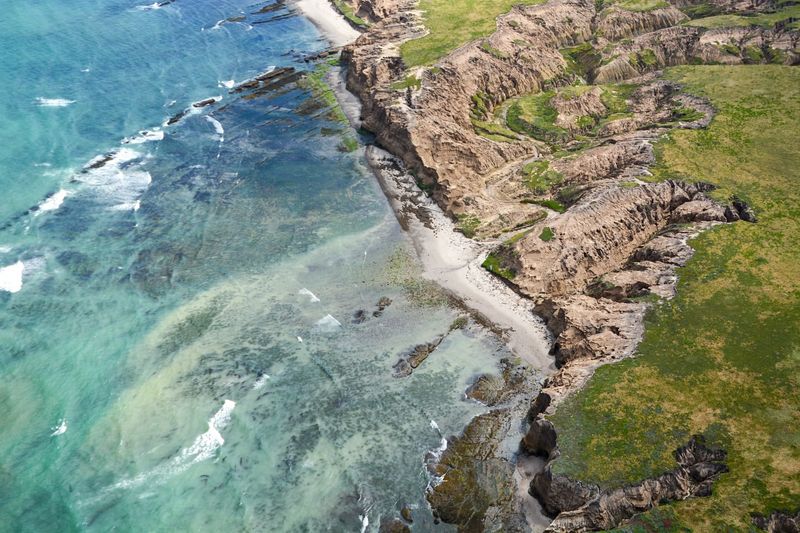
Rocky shores, found along coastlines worldwide, are characterized by their rugged terrain and dynamic tidal environments. These ecosystems support a diverse array of marine and terrestrial species.
The tidal pools and crevices provide habitat for a variety of organisms, including barnacles, mussels, and seaweeds. These species have adapted to withstand the changing conditions of exposure and submersion.

